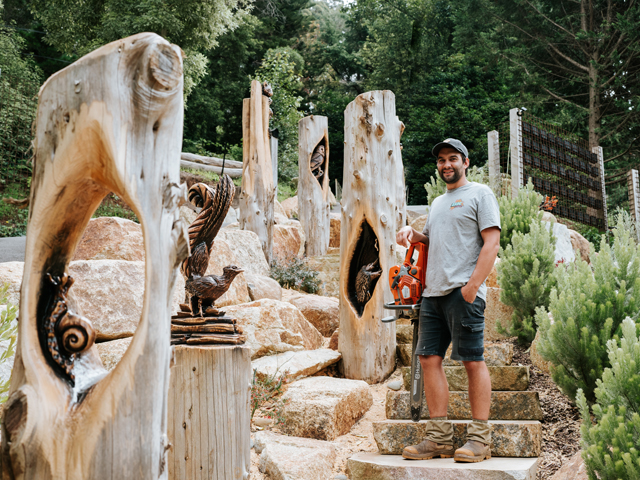BUILDING SUSTAINABLE, OPEN CITIES
29 Apr 2021
Can replacing asphalt build more sustainable and open cities? It seems it can. Adaptability and public space is key to creating better liveability, particularly in urban environments
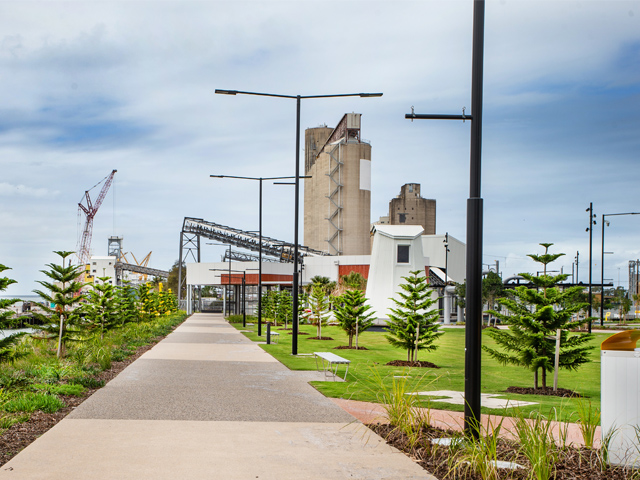
East Shores Precinct, Gladstone QLD, Penfold Projects
The City Prosperity Index, CPI, set by UN-Habitat, evaluates urban prosperity according to five parameters as productivity, infrastructure development, environmental sustainability, quality of life, and equity/social inclusion. To a greater or lesser extent, these five factors are represented in the street pattern of every city in the world. Streets have multiple functions as the mobility of people and goods, the supply of energy, water, and information, the collection of waste, the growth of trees, plants, insects or birds, the shadow and sun radiation, the bench where to sit, the place to salute and talk with your neighbours, a playground, or the access to the bakery where you buy the bread. In this sense, streets are public and vibrant spaces, which can perform multiple functions and activities. 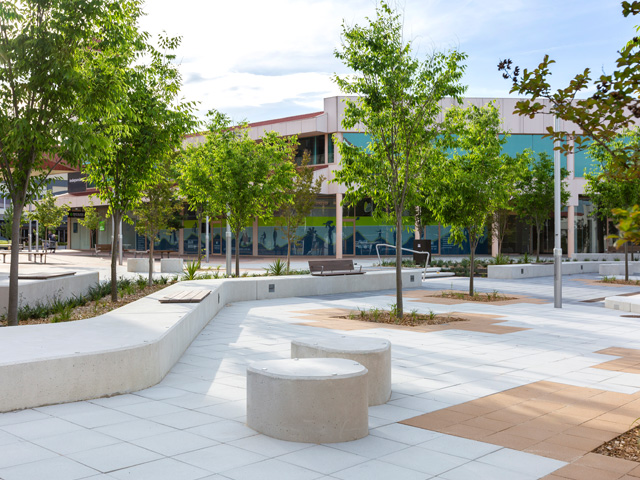
Tuggeranong Laneway, Tuggeranong ACT, StraBe
The land allocated to streets in cities ranges from the dense grid of Manhattan (36 percent) to the cul-the-sac system of most sub-urban areas (less than 10 percent). Most of prosper cities have a high percentage of land allocated to the street, as Washington D.C (25 percent), Barcelona (33 percent), or Toronto (29 percent). Accordingly, cities core has the opportunity to perform and enhance a vibrant urban life.
Often, when we think about streets, we only see cars moving or parked. Unfortunately, streets have been mostly designed for vehicles. Notwithstanding the above, there is an increasingly growing of factors, which are changing the traditional street pattern. The improvement of public transport in cities core, the new options of mobility as car sharing, scooters or electric bikes, and the restrictions of mobility due to environmental regulations have changed our perception of private cars as an essential good. In fact, in most of the big city’s core, there is a gradual transition from residents who own a car, to residents who rent a car. This situation is already forcing developers to reconsider the need for underground parking in new constructions, or at least to reduce the current standards of parking places per home. 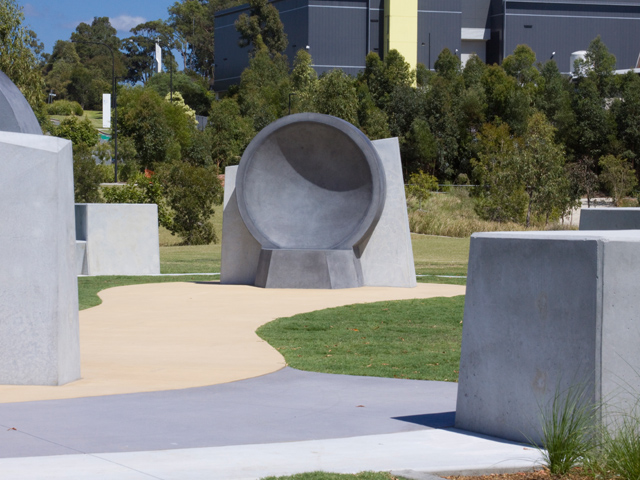
Commonwealth Games Athletes Village, Gold Coast QLD, Benzini Precast Concrete
If this is the future trend, what can we expect from streets with fewer vehicles? To answer this question, first, we need to understand how the infrastructure of a street works. Most of streets are overdetermined. This means that most activities are previously designed, with little room for unexpected actions. Thus, the pavement marks the division of function in streets. There is a lot of asphalt for moving and parking vehicles, tiles for sidewalks, and a small amount of soil for trees. In some historical centres, as Santiago de Compostela, this functional division does not exist. There is only one paver for all functions, where pedestrians and vehicles live together with no conflicts.
Less vehicles with lower speed may represent a big opportunity for overlapping functions. The speed limit in the city’s core is 20 km/h, while the average vehicle speed within one mile of the city centre in London is 8 km/h, and the average walking human speed is 5 km/h. Thereby, cars, bikes, and pedestrians are moving at a similar average speed. Slower vehicles and less area allocated for vehicles may arise unexpected possibilities. Basically, we can increase the soil area for vegetation and the paver area for the performance of informal activities. This switch in the pavement area can provide a process of naturalization of the urban environment, together with a more vibrant and unexpected urban life. 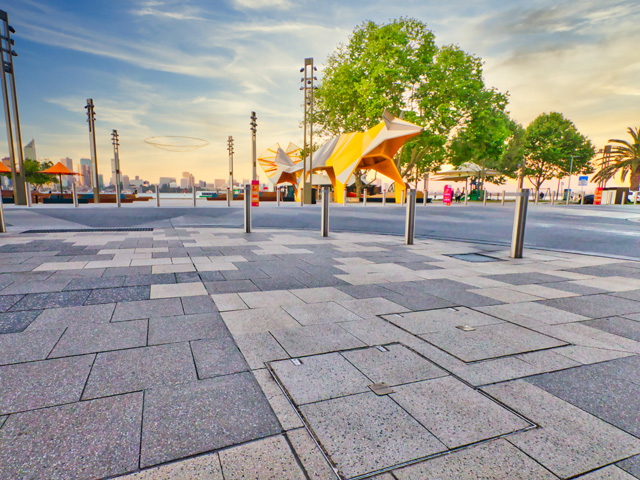
Mindeerup Piazza, Perth WA, ACO Pty Ltd
As said before, streets are infrastructures that can support different actions and activities. Once that the land allocated for vehicles is reduced, streets have the chance to bring nature back. They supply energy, water, and information, and from now on, they can enhance the development of natural ecosystems. We have the opportunity to replace the noise of internal combustion with the singing of a bird. Moreover, natural ecosystems are not just about planting trees. It is about building a complex and dynamic ecosystem formed by the interaction of multiple living organisms, in which humans are a small part of it. The traditional maintenance of cities, based on aggravated cleanliness, has its origins in the urban diseases and pandemics that arose during the Industrial Revolution. Nowadays, there is not anymore, the distinction between good and bad plants, as weeds and grass. All living organisms can have a relevant role inside natural ecosystems. 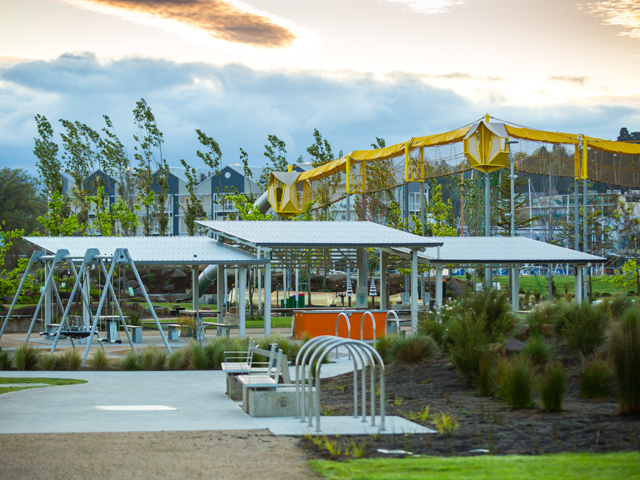
Riverbend Park, Launceston TAS, Grillex
The soil and the paver can colonise the traditional surface occupied by vehicles. While the first one can be used for the naturalisation of the city, the second can enhance informal activities. But the success lays in the overlapping of the soil and the paver, and the removal of the asphalt. The soil and the paver can share similar actions and activities. In addition, vehicles either can be removed from streets, permanently or temporarily. The closing of a street can range from a couple of hours for a fun run, to a whole weekend for a market. Thus, the increase of the street’s surface allocated for naturalisation and for the performance of temporary and informal activities can build a more sustainable and open city. Let nature do its job. We just must help a little. 
Tote Park, Moonee Valley VIC, PTA Landscapes
Words Manuel Perez Romero via ArchDaily
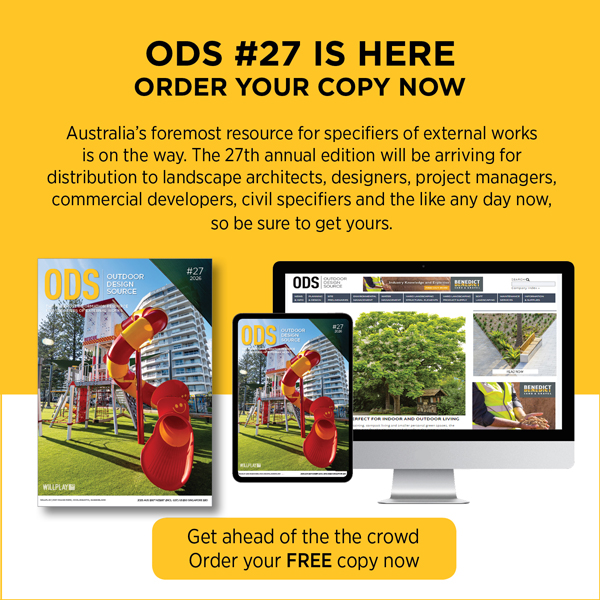
MORE NEWS
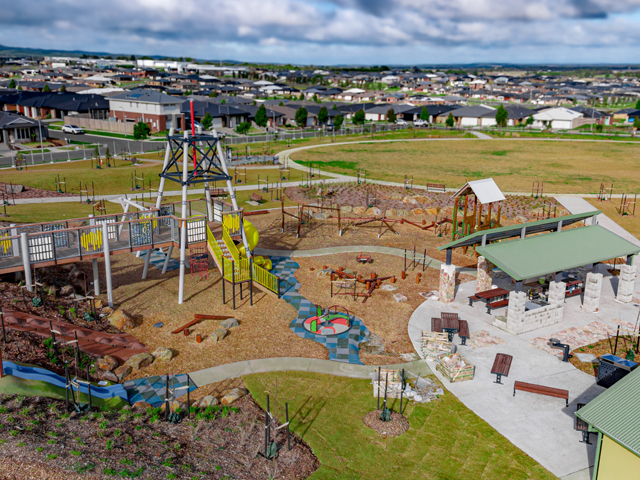
STRIKING GOLD IN BALLARAT
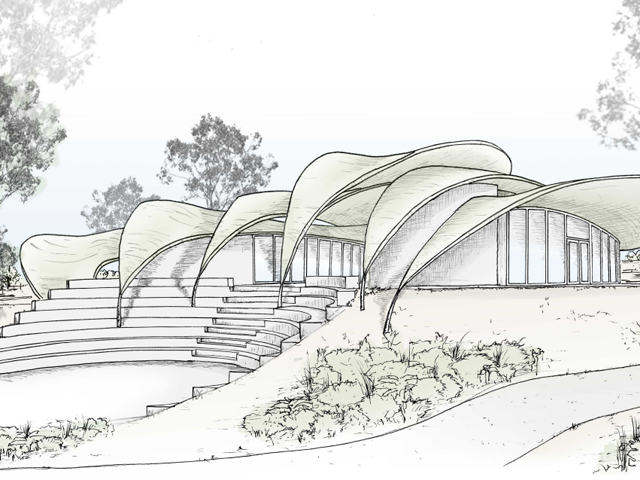
JARRAHDALE TRAIL CENTRE TAKES DESIGN CUES FROM NATIVE FLORA
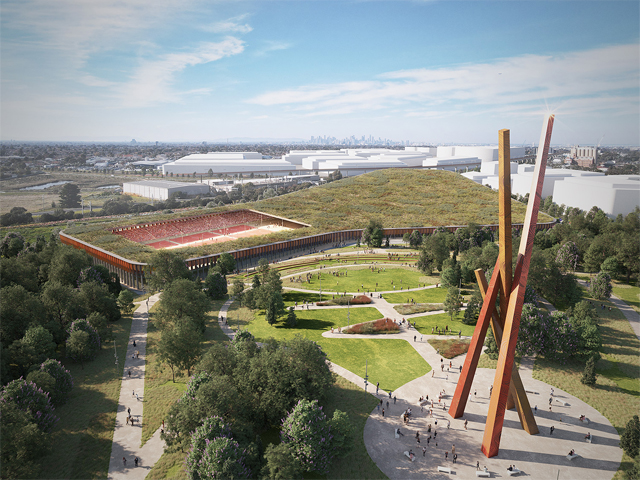
MELBOURNE'S NEW PARK ON A FORMER LANDFILL SITE

MASTERPLAN FOR INCLUSIVE, CLIMATE-RESILIENT COMMUNITY PARK IN LISMORE

HARNESSING THE POWER OF DESIGN TO TRANSFORM CITIES
